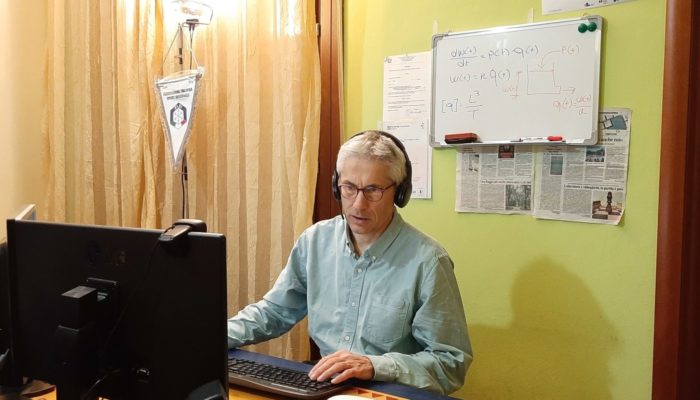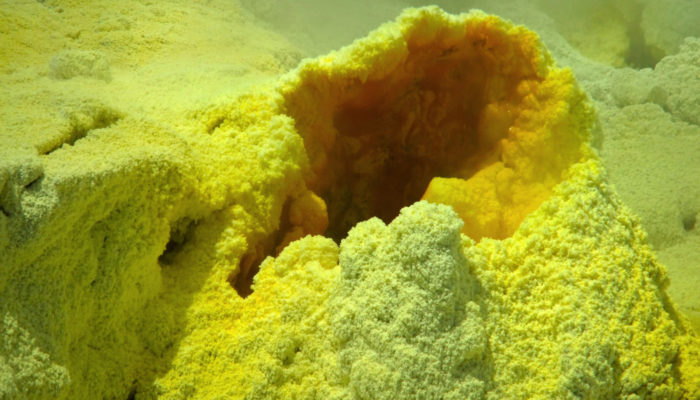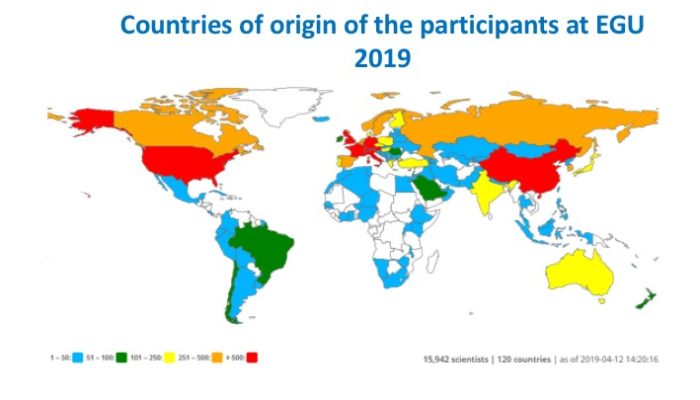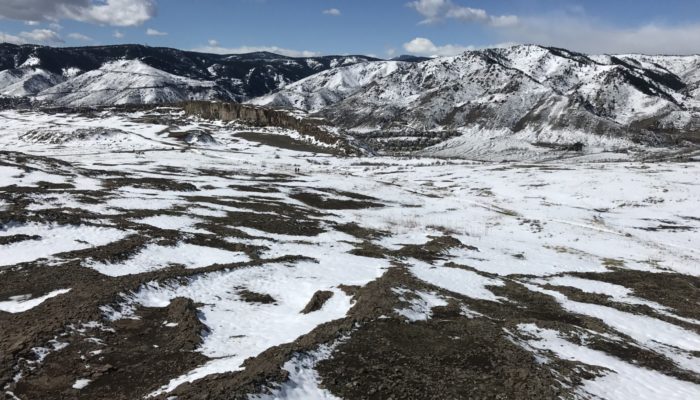Last weekend, with a strict, stay-at-home coronavirus order looming on the horizon, I decided to practice social distancing by escaping on one last hike. Since I’m currently in Colorado, I chose to climb North Table Mountain, the remnant of an ancient basalt lava flow located on the outskirts of Denver. Locally this mesa, along with its twin located a short distance to the south, are popula ...[Read More]
A message from EGU President Alberto Montanari on what geoscientists can do to help mitigate the impact of COVID-19

What can the Earth, planetary and space sciences do to help mitigate the impact of COVID-19? While I am considering this challenging question, I am looking out of the window of my home in Italy, in Reggio Emilia. I am close to the epidemic center of the Italian outbreak of COVID-19. I have been at home for the last two weeks without going out, something which I have never experienced before. Sudde ...[Read More]
Imaggeo On Mondays: Sulphur volcano

This photograph was taken in 2012 on a guided tour to Whakaari/White Island, an active volcano 50 km off the east coast of the North Island of New Zealand. The volcano lies on the northern end of the Taupo Volcanic zone and has possibly been active for the past 150,000 years. How dangerous this island is, was demonstrated by a number of explosive eruptions in recent history, the latest of which oc ...[Read More]
EGU General Assembly 2020 cancellation: Alberto Montanari and Susanne Buiter talk about the decision – and what comes next

On 19 March EGU announced that it has cancelled the physical EGU General Assembly 2020 in Vienna, Austria. We spoke to the Union President Alberto Montanari and Programme Committee Chair Susanne Buiter to get some more information about what this means, how this decision was made and what comes next. Hello Alberto and Susanne, thank you for answering my questions. Today we found out the EGU ...[Read More]

